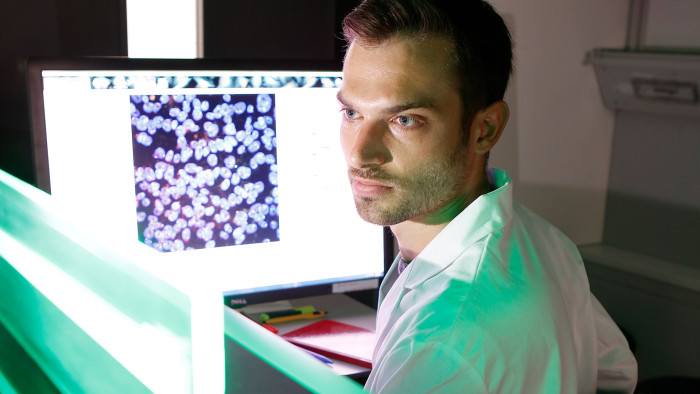- Research Project
Regulation of DNA Repair and Genome Stability
- Life Sciences

On average, each cell in our body experiences about 10,000 lesions in its genetic material (DNA) per day. DNA damage can be caused by exposure to environmental factors such as radiation and certain chemicals. However, it can also be the result of normal cellular metabolism, which continually produces reactive molecules that can be harmful to our DNA.
Each of these lesions can in principle trigger a change (mutation) in the DNA, which can interfere with the correct storage, copying and read-out of the genetic information. This can lead to cancer or premature ageing.
However, the cell has a number of mechanisms at its disposal to repair the enormous amount of damage. In order to better understand these complex processes, scientists from the Johannes Gutenberg University Mainz (JGU) in collaboration with the Institute of Molecular Biology gGmbH Mainz (IMB), the Technical University Darmstadt, the Ludwig Maximilian University Munich, and the Goethe University Frankfurt have established the Collaborative Research Centre (SFB) 1361. The aim of this interdisciplinary network is to investigate how cells protect themselves against DNA damage and how these mechanisms are regulated and interact with each other.
By funding this SFB, the DFG enables researchers in the Rhine-Main region and in Munich to set a new research priority in this important area of biomedicine in Germany and to catch up with the world's leading locations in the field.





